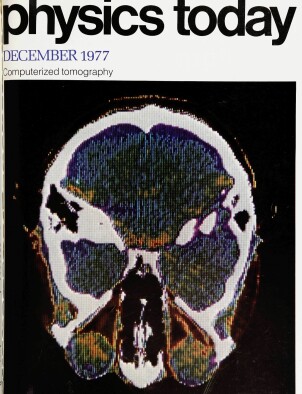Accelerator technique improves radioisotope dating
DOI: 10.1063/1.3037822
Stimulated largely by recent developments in archaeology and the environmental sciences, physical scientists have been giving a good deal of attention to the practical problem of getting better carbon‐14 dates. One particular area of renewed interest is the use of a mass spectrometer to separate the radioactive
This article is only available in PDF format




